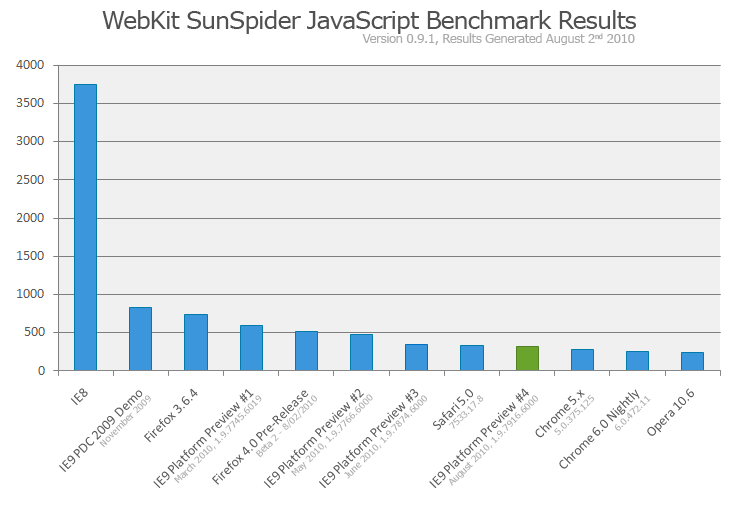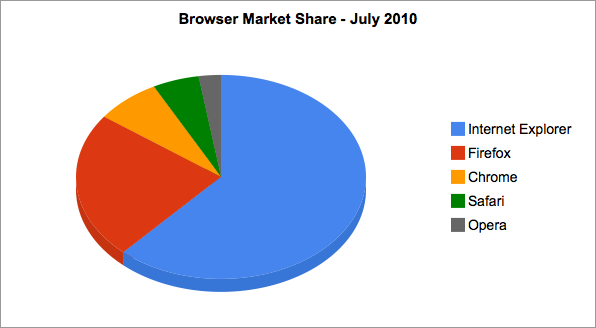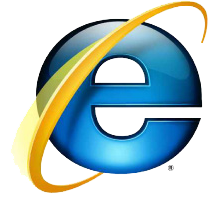Mozilla is still busy at work, today releasing Firefox 4 Beta 3 to the public.
Beta 3 is now available in over 30 languages, 10 more than the previous beta. Also new in this release is multi-touch support for Windows 7 and new JavaScript values to experience faster and smoother graphics.
A full list of changes can be read in the release notes, and current Firefox 4 Beta testers will automatically receive the update in the coming days.
Firefox 4 Beta 3 can be downloaded from the Mozilla Firefox Beta website.





